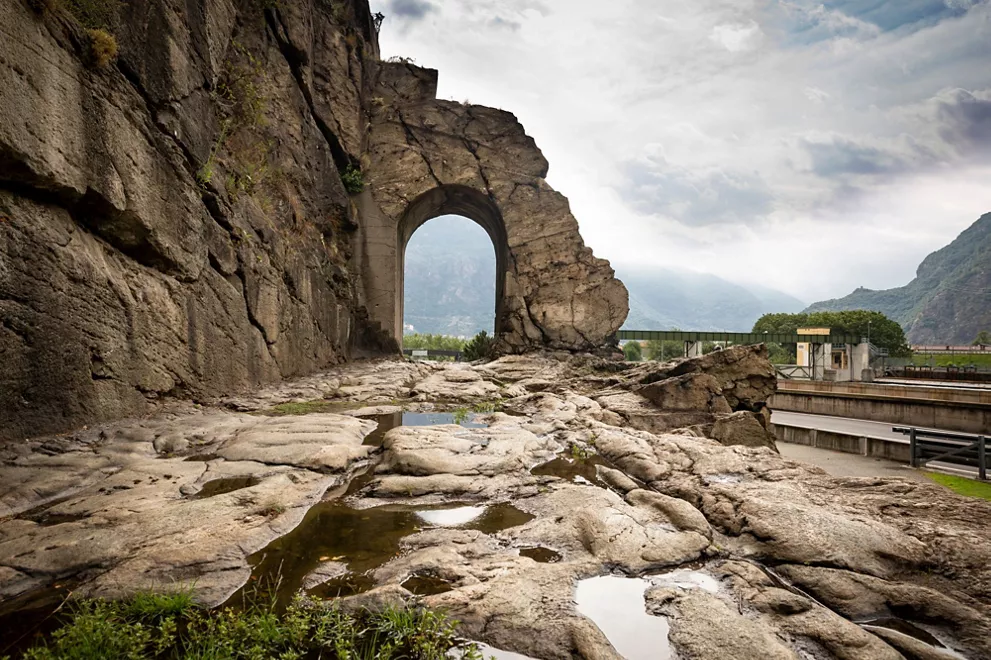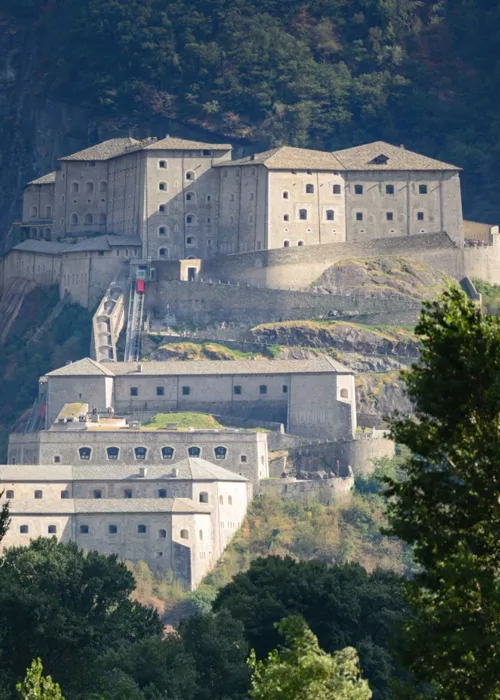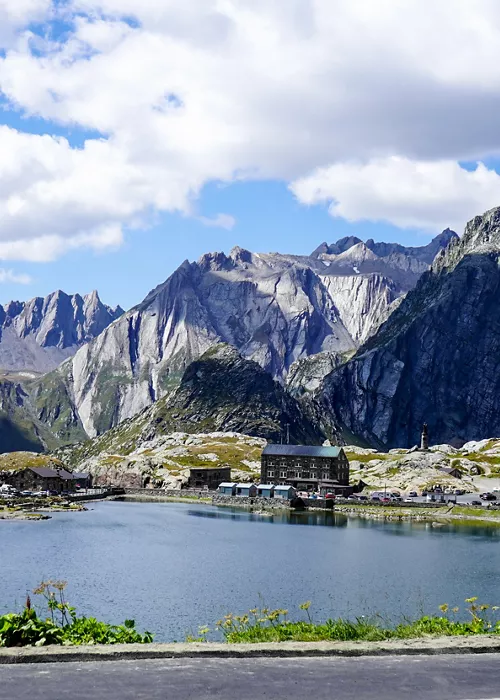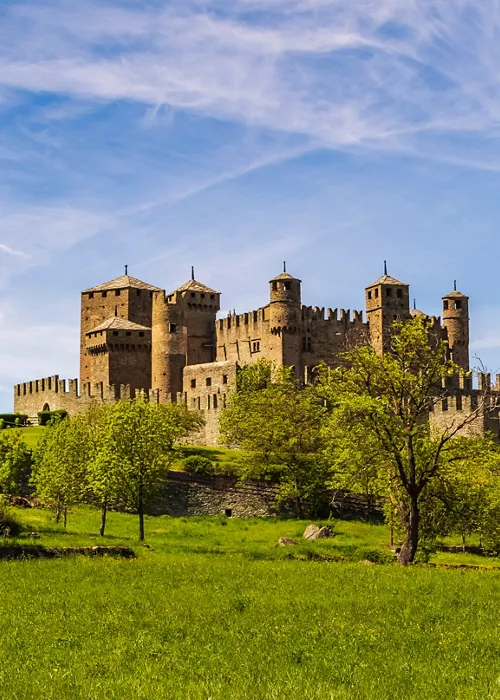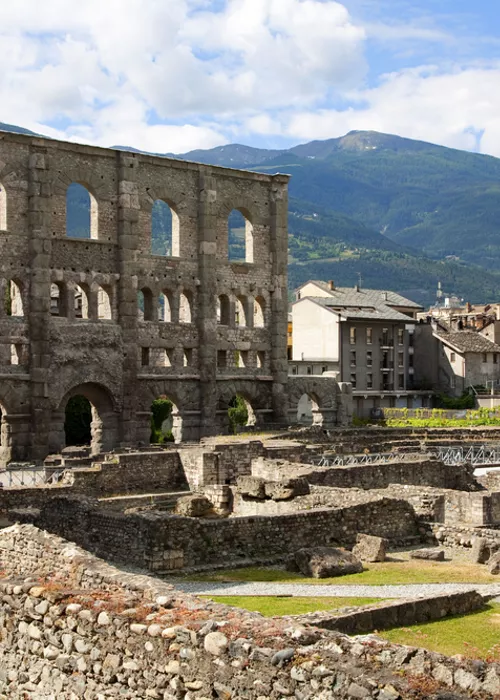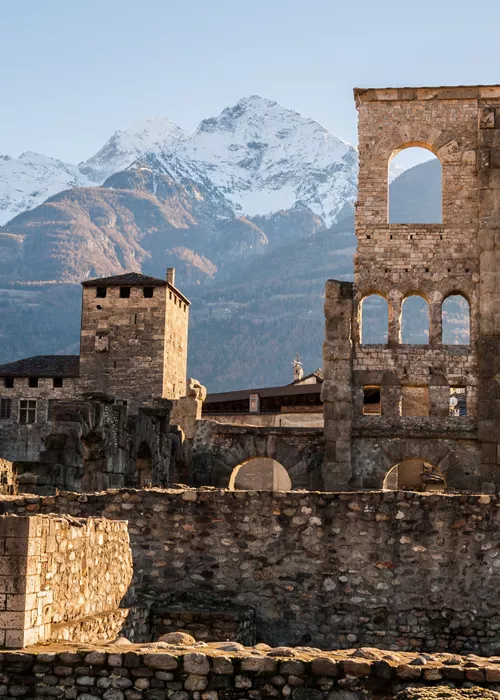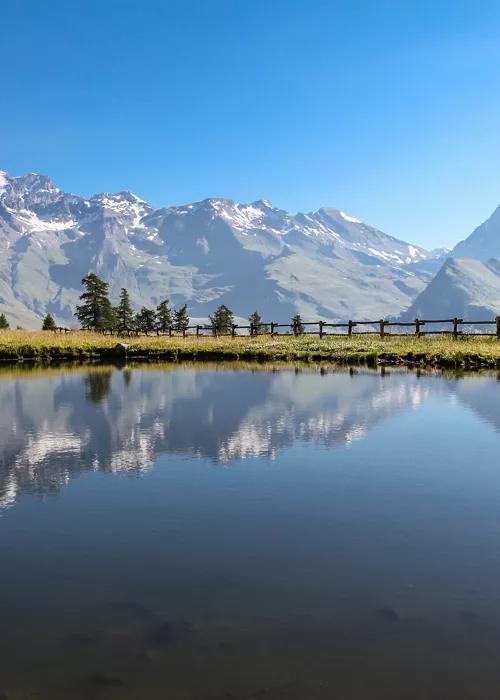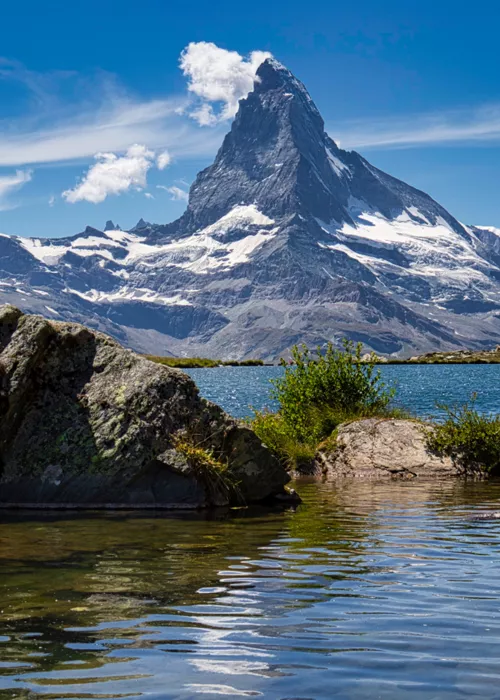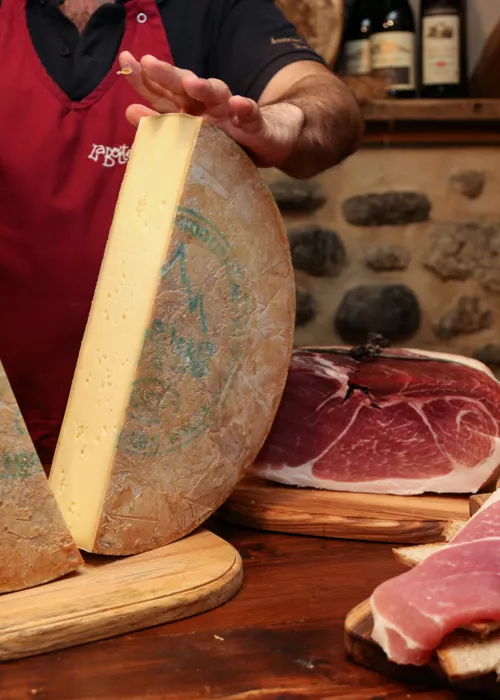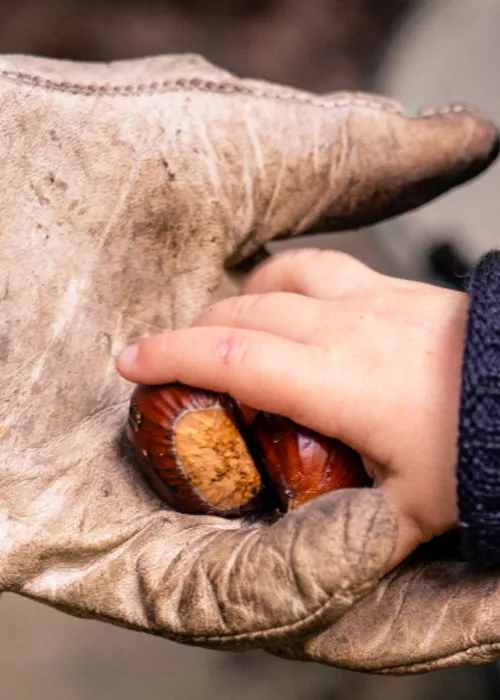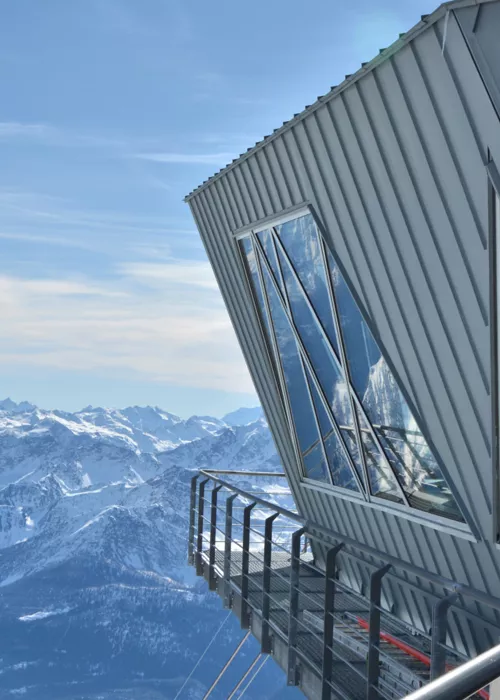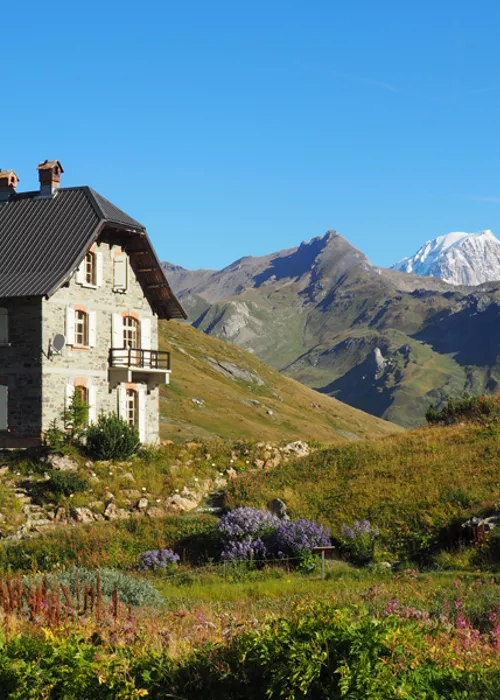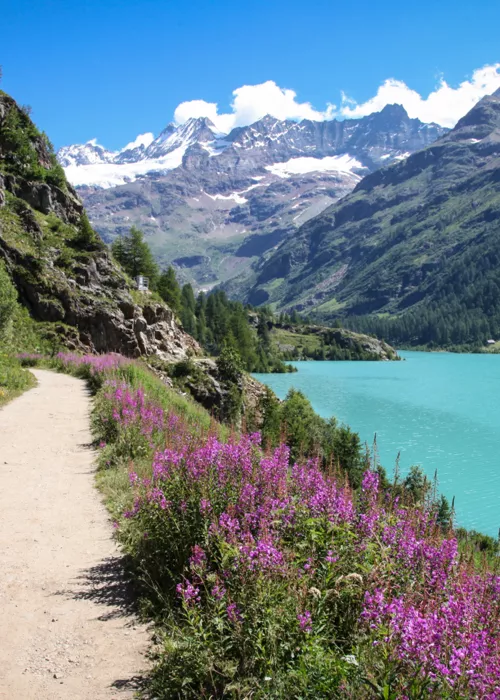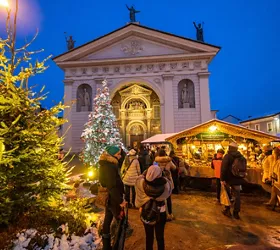The road carved into the rock of Donnas
2 minutes
One of the most spectacular sections of the Roman Via delle Gallie is the section of road carved 221 metres into the living rock, opening in a 4-metre-high archway. This astonishing work of the ancient Romans is located in Donnas, a small town on the banks of the Dora Baltea river in Val d'Aosta, surrounded by the vineyards used to produce the red wine of Donnas, the region's first CDO wine.
The sculpted arch
The Roman Via delle Gallie was built to connect Rome to the provinces of Transalpine Gaul after the conquest of today's Val d'Aosta territory in the 1st century BC.The route chosen by the Romans ran along the Dora Baltea on the left bank, to stay half way up the mountain, safer in case of flooding. Near Donnas, however, the route was interrupted by a rocky promontory that the Romans simply decided to carve out with a chisel in order to continue their route.
They created a gap in the rock with a 4-metre high and 3-metre wide arched passage and flattened the mountainside for over 200 metres to create a perfectly practicable route. In the Middle Ages, the arch was used as a village gate that was closed at night, or in case of need.
Today, the signs of the history of this obligatory passage on the Via delle Gallie are still clearly visible on the paving that bears the deep furrows left by the passage of carts. Beside the arch, three steps descend towards the river at the docking of the boats. Moving further along, you can distinguish the outline of a milestone column, in relief on the rock, marking the distance from Augusta Praetoria, the name given to the city of Aosta by the ancient Romans: XXXVI miles, approximately 54 km.
A sea of vineyards and a fairground from the year 1000
From the Roman arch, you can walk in the village of Donnas, where you can stroll through the cobbled alleys to discover medieval stone portals and some 15th-century votive frescoes.
A village with a history at least as old as the Roman road, an mandatory stop on every journey to Gaul and for every pilgrim on the Via Francigena. If you happen to be here on the last Sunday in January, you should know that the Sant'Orso Wood Fair is still held, dating back to the year one thousand, a large craft market that attracts exhibitors from all over the valley. All around, a sea of vineyards on south-facing terraces produces excellent Nebbiolo-based wines that can be tasted at the Cantina Cooperativa.

